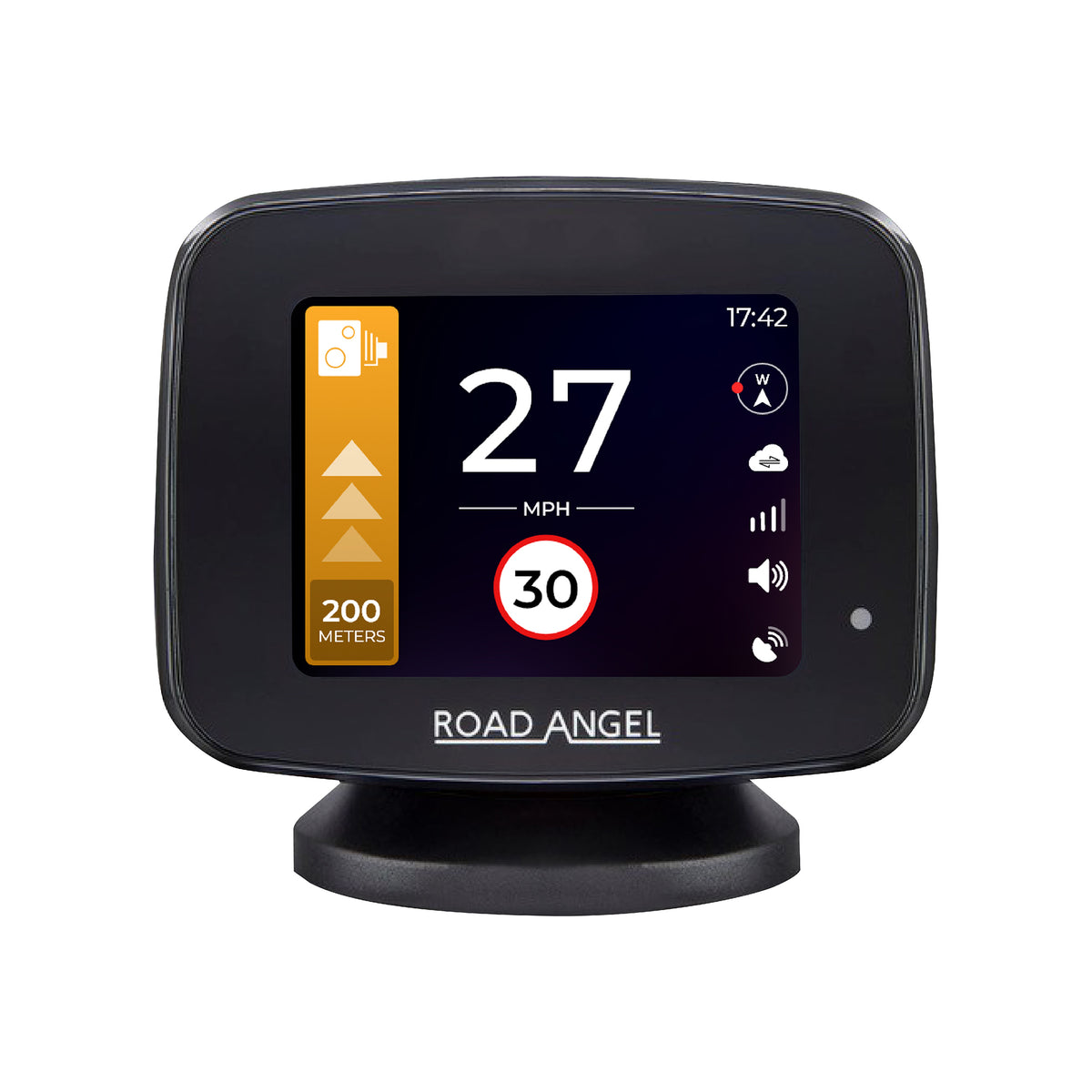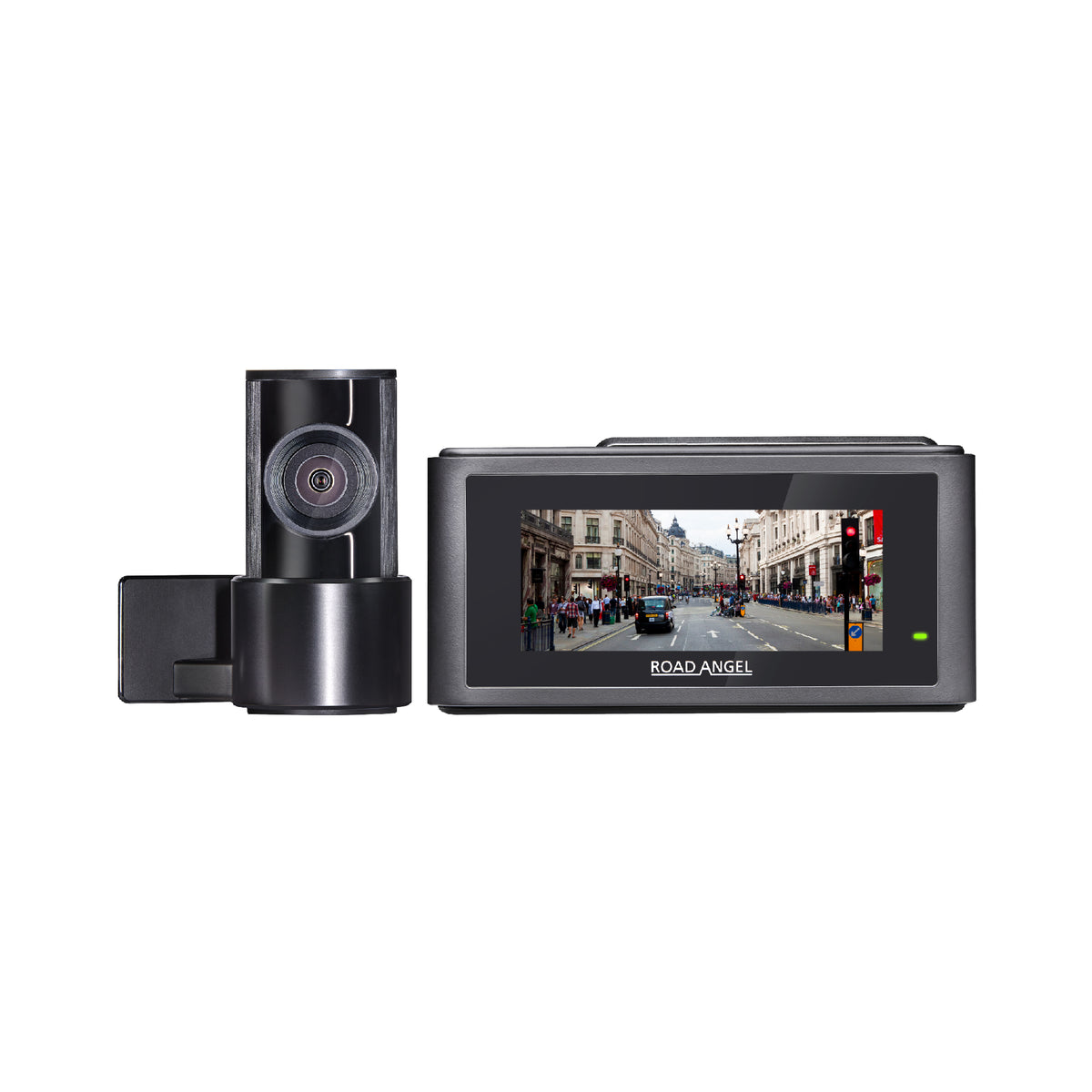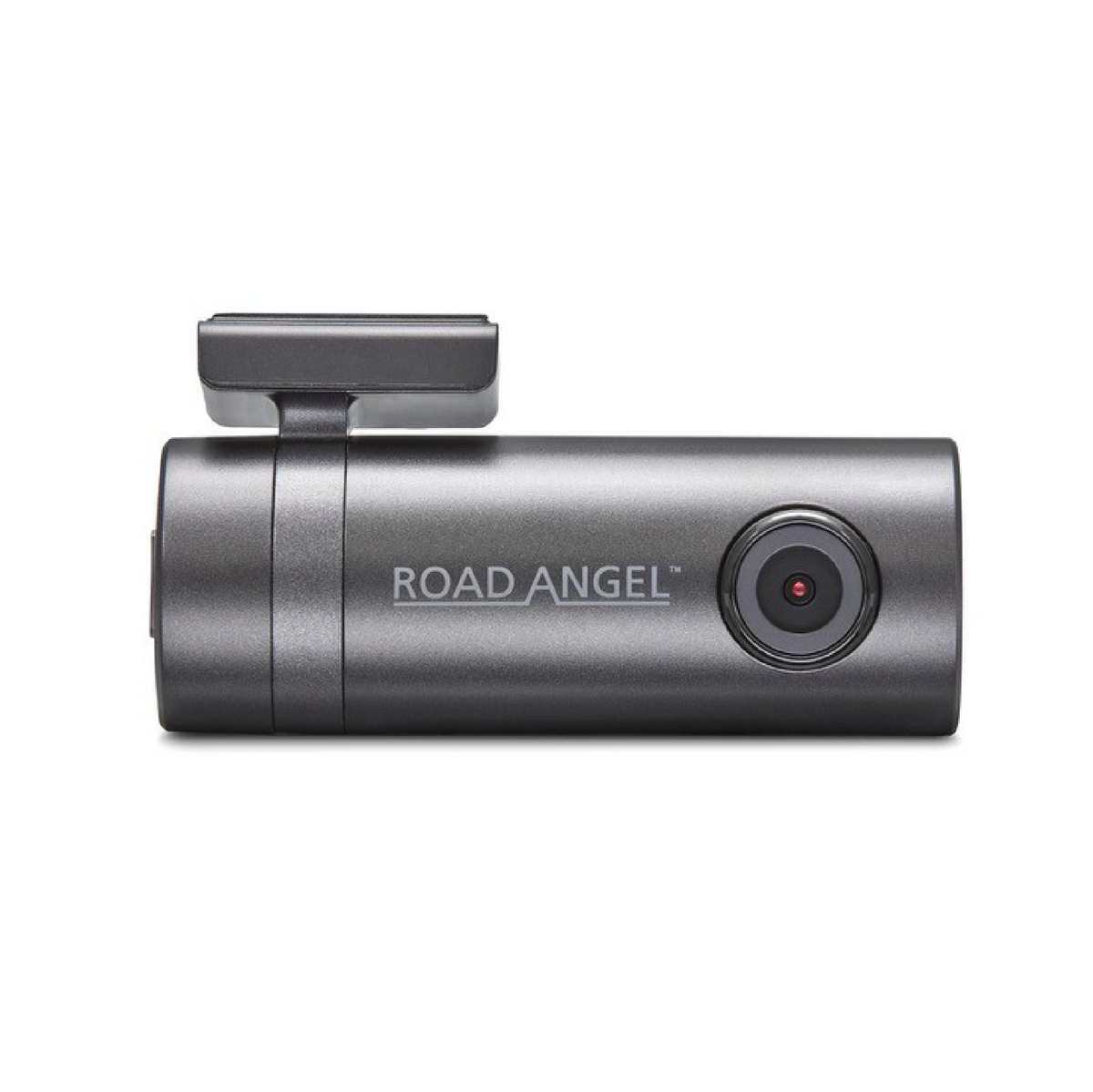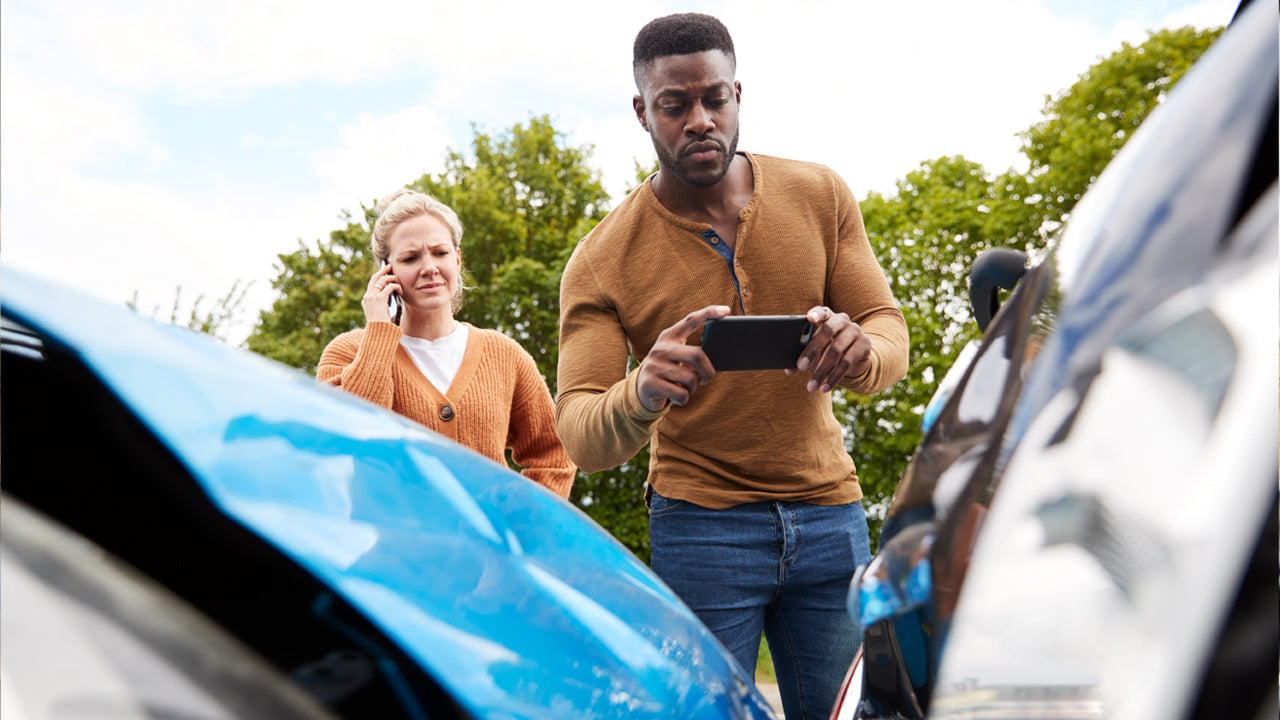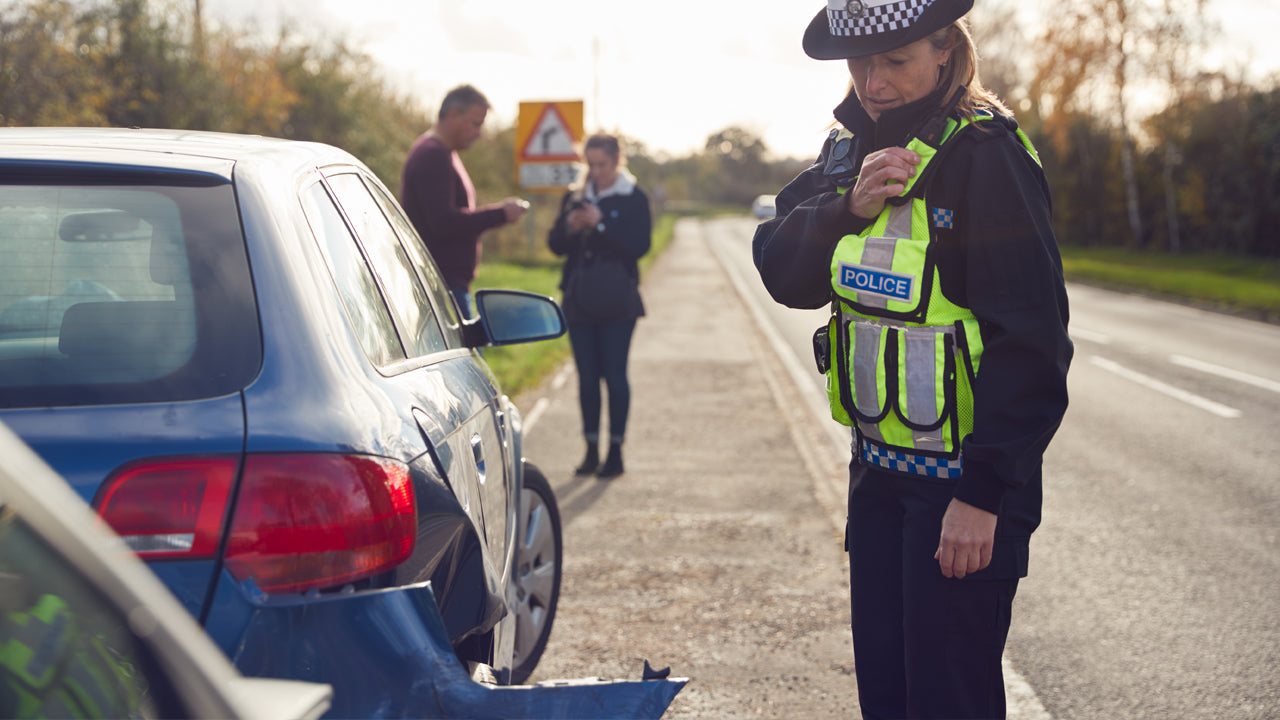Navigating the intricate web of the UK Highway Code can sometimes feel like deciphering an ancient script. With continuous revisions and updates, such as the major overhaul in early 2022 introducing a new hierarchy of road users and the concept of parallel crossings, it's paramount for every road user, from pedestrians to motorists, to stay abreast of these changes.
Notably, the introduction of parallel crossings, akin to zebra crossings but inclusive of a designated cycle route, underscores the evolving landscape of road safety and usage. This adaptation reflects a broader shift towards accommodating a more diverse range of road users, aiming to harmonise the interactions between pedestrians, cyclists, and motorists in shared spaces.
As the Highway Code evolves, it beckons a collective responsibility among all road users to familiarise themselves with these rules, ensuring safety and fluidity in our shared transit environments.
Parallel Crossings
Parallel crossings are an innovative addition to the UK's Highway Code, designed to enhance the safety and efficiency of both pedestrians and cyclists at crossing points. These crossings are akin to traditional zebra crossings, featuring the familiar black and white stripes, but with a crucial addition: a parallel path designated specifically for cyclists alongside the pedestrian path. This design allows cyclists to cross safely at the same time as pedestrians, without having to dismount or navigate through pedestrian traffic.
The introduction of parallel crossings reflects a growing recognition of the diverse needs of road users in urban and suburban areas. By providing a dedicated space for cyclists within the crossing, it aims to reduce potential conflicts between pedestrians and cyclists, making crossings safer and more accessible for everyone. This setup not only benefits cyclists by offering a clear and safe path across roads but also reassures pedestrians, who can use the crossing without needing to navigate around bicycles.
Furthermore, parallel crossings emphasise the importance of giving way to both pedestrians and cyclists on these crossings. Motorists, including those driving or riding motorcycles, are required to yield to users on parallel crossings, ensuring that both pedestrians and cyclists can cross safely. This rule underscores the shared responsibility among all road users to maintain safety and respect within public spaces.
The integration of parallel crossings into the Highway Code is part of a broader effort to adapt to the changing dynamics of road use, where cycling is becoming increasingly prevalent as a mode of transportation. By acknowledging and accommodating the needs of cyclists in road infrastructure, the UK aims to encourage cycling as a sustainable and healthy mode of transport, contributing to reduced traffic congestion and environmental impact.
Shared Spaces
The UK Highway Code has introduced new guidance for shared spaces, emphasising mutual respect among all users. Cyclists, horse riders, and those with horse-drawn vehicles must be considerate of pedestrians, ensuring safety for all. This includes not passing too closely or at high speeds and being mindful of those who may have sensory impairments. These rules aim to create a more harmonious environment in shared spaces, making them safer and more enjoyable for everyone involved.
Cycling Positioning
The UK Highway Code now provides updated guidance on cycling positioning to improve safety. Cyclists are advised to ride in the centre of their lane on quiet roads, in slower-moving traffic, and when approaching junctions, to increase visibility and prevent unsafe overtaking. On busier roads, where vehicles move faster, cyclists should maintain a safe distance from the kerb while allowing vehicles to overtake when it's safe. This positioning helps ensure cyclists are clearly visible to other road users and can navigate safely through traffic.
Overtaking Vulnerable Road Users
The updated Highway Code advises on safe overtaking distances when passing vulnerable road users like cyclists, horse riders, and pedestrians. Drivers and motorcyclists should leave at least 1.5 meters when overtaking cyclists at speeds up to 30mph, and even more space at higher speeds. For horse riders and pedestrians, a minimum of 2 meters space and a low passing speed are recommended. This guidance aims to enhance the safety of all road users, especially the most vulnerable
Cyclists at Junctions
The updated Highway Code includes new guidelines for cyclists at junctions to enhance safety. It specifies that cyclists should give way to pedestrians crossing or waiting to cross when turning into or out of a side road. Additionally, cyclists are encouraged to use special cycle facilities, like advanced stop lines and eye-level traffic lights at junctions, where available. Where such facilities aren't present, cyclists should position themselves in the centre of their lane, similar to motor vehicles, to maximise visibility and safety
'Dutch Reach' Technique
The "Dutch Reach" technique is a safer way to open car doors, recommended in the updated Highway Code. It involves using the hand furthest from the door to open it, which naturally turns your body and head, helping you spot approaching cyclists or pedestrians. This method aims to prevent "dooring" accidents, where a door is opened into the path of a cyclist or pedestrian.
Electric Vehicle Charging
With the ever-growing popularity of EVs, the Highway Code now includes guidance for using electric vehicle (EV) charging points. It advises parking close to the charge point to minimise cable length and avoid creating trip hazards. Users are encouraged to display a warning sign if possible and to return cables neatly to prevent obstruction or danger to others. This addition aims to ensure safety and accessibility around EV charging stations.
Hierarchy of Road Users
The "Hierarchy of Road Users" introduced in the Highway Code emphasises that those who can cause the greatest harm have the most responsibility to reduce danger to others. This principle particularly applies to larger vehicle operators but doesn't remove the duty of care from all road users, including pedestrians, cyclists, and horse riders. It's a shift towards more mindful road sharing, prioritising the safety of the most vulnerable.
Priority at Junctions
This one surprised us more than it should've!
The updated Highway Code emphasises priority for pedestrians at junctions. Drivers, motorcyclists, and cyclists must give way to pedestrians crossing or waiting to cross at junctions. This rule ensures pedestrians have priority, enhancing their safety at these potentially dangerous points.
Rules for Cyclists
The Highway Code has introduced several new rules specifically for cyclists, which we have already covered, so we've decided to add this section in to summarise all cyclist rules. These include guidelines on positioning on the road, passing parked vehicles, and navigating junctions. Cyclists are encouraged to use cycle lanes and facilities where available and to adopt a central position in their lane on quieter roads or when traffic is slow to enhance visibility and safety. When overtaking parked vehicles, cyclists should leave enough space to avoid being hit by an opening door.
What do Road Angel Think?
The updates to the Highway Code, including the hierarchy of road users, priority at junctions, and specific guidelines for cyclists, pedestrians, and EV charging, reflect a shift towards more inclusive and safer road sharing. These changes encourage mutual respect among all road users, with a particular emphasis on protecting the most vulnerable.
For more detailed information on these and other updates, please visit GOV.UK.




